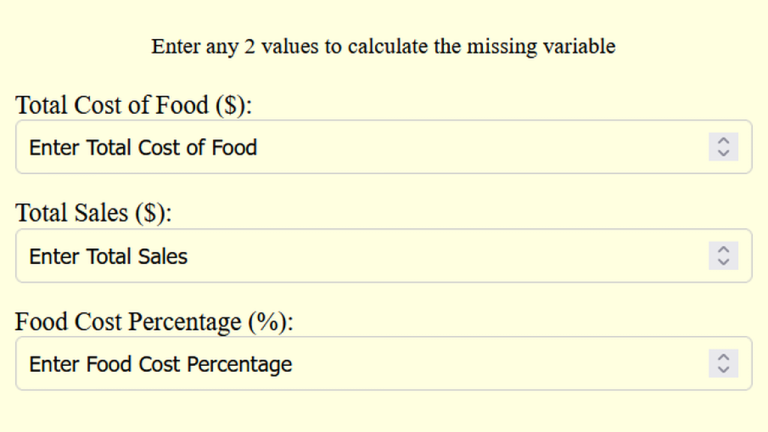Chronotropic Response Index Calculator
To find the chronotropic response index (CRI), subtract the resting heart rate (HRrest) from the maximum heart rate (HRmax). Then, divide the result by the difference between 220 minus age and HRrest. This calculation helps gauge the heart’s ability to increase its rate in response to physical activity.
The chronotropic response index calculator evaluates the heart’s response to exercise or stress by measuring its ability to increase the heart rate appropriately. This is crucial for assessing conditions like chronotropic incompetence, where the heart rate fails to rise adequately during exertion.
A healthy heart has a normal chronotropic response, which indicates that it can adjust efficiently based on physical demands. This calculator provides an efficient way to determine if the heart’s response is within a normal range or if further assessment is needed.
Formula:
| Variable | Description |
|---|---|
| HRmax | Maximum Heart Rate |
| HRrest | Resting Heart Rate |
| Age | Age of the individual |
Solved Calculation:
Example 1:
| Step | Calculation |
|---|---|
| Determine values | HRmax = 180, HRrest = 60, Age = 40 |
| Subtract HRrest from HRmax | 180 – 60 = 120 |
| Calculate (220 – Age – HRrest) | 220 – 40 – 60 = 120 |
| Divide results | 120 / 120 |
| Result | 1.0 |
Answer: The chronotropic response index (CRI) is 1.0.
Example 2:
| Step | Calculation |
|---|---|
| Determine values | HRmax = 160, HRrest = 70, Age = 50 |
| Subtract HRrest from HRmax | 160 – 70 = 90 |
| Calculate (220 – Age – HRrest) | 220 – 50 – 70 = 100 |
| Divide results | 90 / 100 |
| Result | 0.9 |
Answer: The chronotropic response index (CRI) is 0.9.





